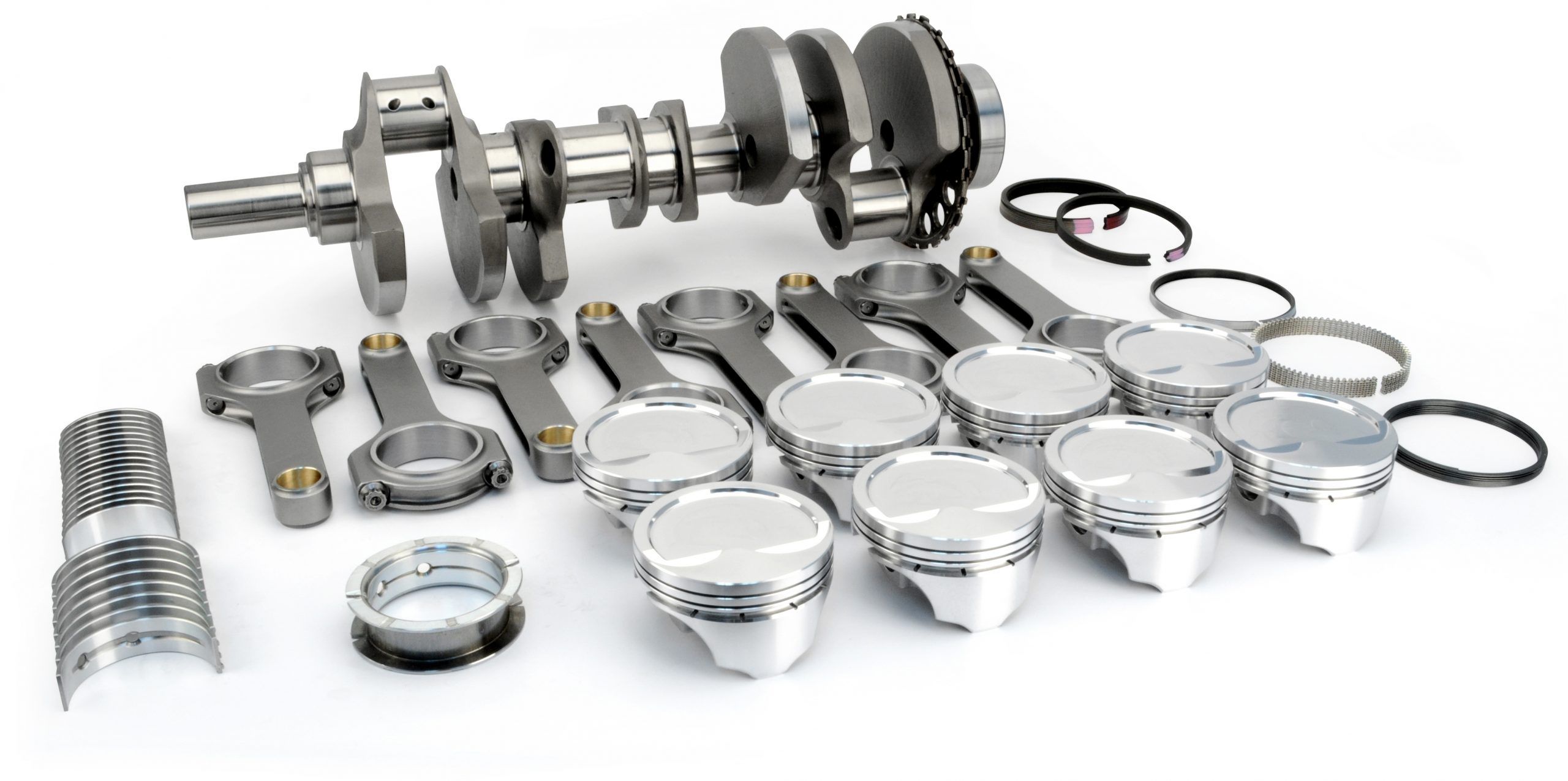

An engine that's still in pretty good condition may show up to 20% leakage. percentages are the same.Īn engine in great condition should generally show only 5 to 10% leakage. You don't have to use that much pressure. Compressed air (80 to 90 psi) is then fed into the cylinder. Some people start with cylinder number one and follow the engine's firing order.Ī threaded coupling attached to a leakage gauge is screwed into a spark plug hole. The crankshaft is then turned so that each piston is at top dead center (both valves closed) when each cylinder is tested. But instead of measuring pressure, it measures pressure loss.Ī leak down test requires the removal of all the spark plugs. Interferrence is BOTH intake and exhaust valve clearances.Ī leak down or "cylinder leakage" test is similar to a compression test in that it tells you how well your engine's cylinders are sealing. The assumption you make (regarding Intake versus exhaust) is irrevelant. SOURCE: timing slipped will it bend intake, exhaust or both sets of valveįirst of all, you'll want to perform what's called a 'LEAK-DOWN' test.


 0 kommentar(er)
0 kommentar(er)
